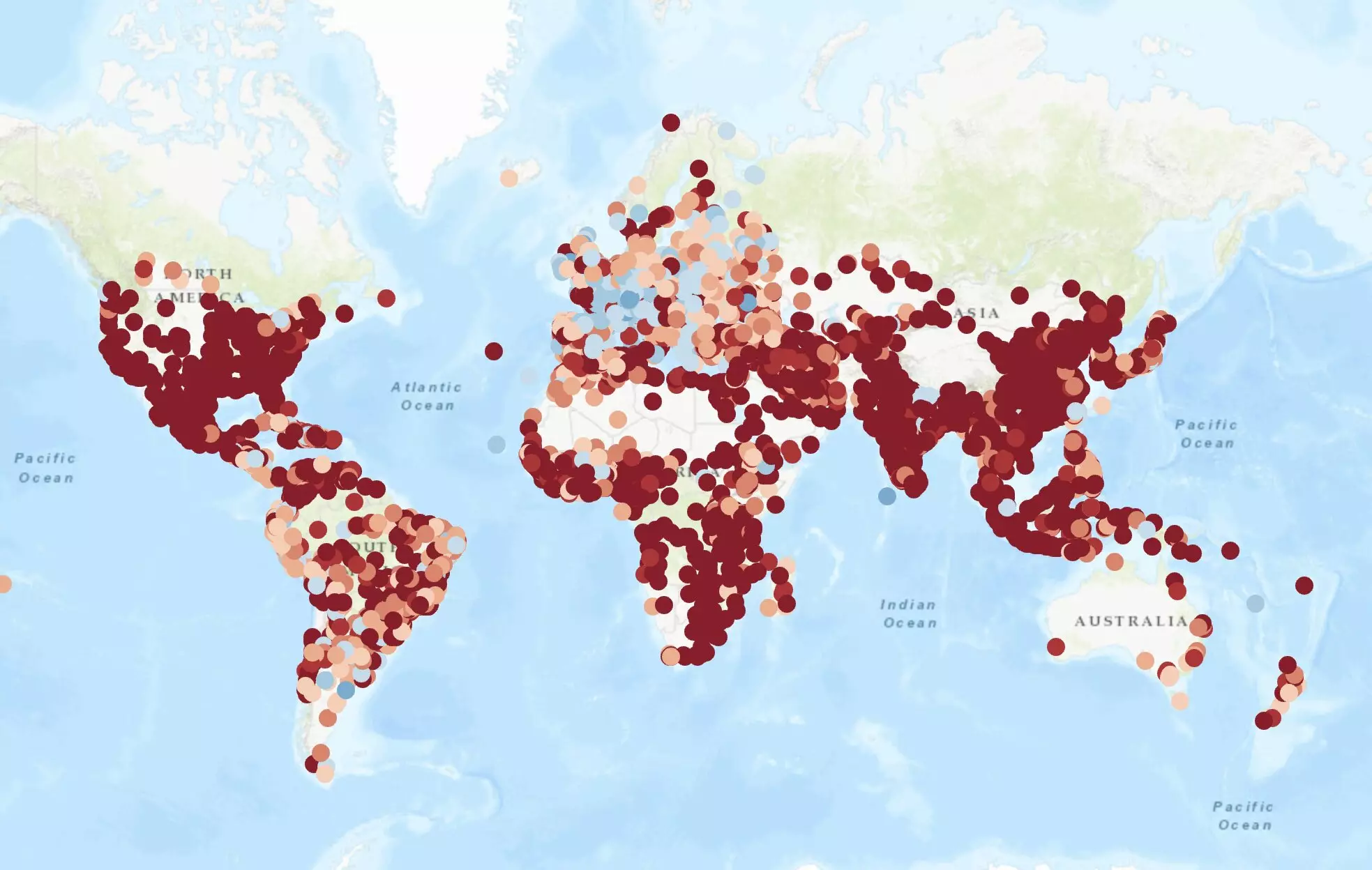The concept of the 15-minute city has emerged as a transformative model in urban planning, seeking to radically alter the way we experience city life. Idealized as a city structure where every resident can access essential services and amenities within a 15-minute walk or bike ride, this framework strives to enhance quality of life while addressing urgent urban challenges. As over half of the world’s population congregates in cities—a figure projected to rise—issues related to traffic congestion, environmental pollution, social isolation, and overall well-being are gaining prominence. The emergence of this concept is not just timely; it is essential.
Recent research has substantiated these concerns by quantifying the extent to which various cities around the globe currently align with the ideals of the 15-minute city. Spearheaded by a diverse team of scholars and urban planners, this initiative highlights the significance of accessibility in urban environments. By employing innovative metrics, cities can be assessed on how well they provide access to vital services, thus fostering a more detailed understanding of urban inequities.
Assessing Urban Accessibility
Led by Vittorio Loreto, a respected figure in sustainable urban development, the study ventures into the realms of urban equity, revealing profound disparities in service availability. As the research outlined, cities like Vienna excel in accessibility, whereas many urban areas in the United States, Africa, and parts of Asia lag significantly behind. This disparity points to a troubling reality: urban living is not an equal experience. The access—or lack thereof—to essential services is directly linked to socio-economic status, often relegating lower-income residents to neighborhoods underserved by critical amenities.
The stark contrast in urban accessibility paints a vivid picture of inequity within cities. For instance, affluent neighborhoods may boast abundant services, making them desirable yet unaffordable for the average citizen. Conversely, less privileged areas struggle with basic service access, exacerbating social isolation and marginalization. The research emphasizes that addressing this division isn’t merely a matter of adding more transport options; it involves rethinking urban design and optimizing service distribution to bridge these gaps.
Innovative Solutions through Strategic Redistribution
One of the standout features of Loreto’s study is its proposal for a “relocation algorithm.” This innovative tool aims to explore the redistribution of resources and services within urban landscapes, potentially enhancing the number of citizens who can access essential services. By simulating various scenarios, urban planners can better understand how services can be reallocated to meet the 15-minute ideal, thereby reducing inequities more effectively.
The algorithm not only identifies how many additional services are necessary in certain cities but also challenges the very foundation of what it means to be a proximity-based urban center. In many areas, existing urban structures may be ill-equipped for this model, necessitating the examination of entirely new paradigms for future city planning.
While the 15-minute city introduces a compelling vision, the research underscores its limitations when viewed solely as a time-based ideal. The conclusions drawn suggest that effective urban planning must incorporate more holistic factors. Cities need to transition toward “value-based” models—approaches that prioritize local population densities, socio-economic conditions, and cultural contexts. Such nuanced perspectives empower planners and policymakers to devise tailored solutions that accommodate the unique complexities of each urban area.
Focusing on a value-based approach enables cities to better serve diverse populations, ensuring that essential services cater to a wider range of residents. This reframing holds the promise of fostering urban environments that are accessible, equitable, and responsive to varied needs.
Ultimately, embracing the 15-minute city as a roadmap for urban transformation fosters numerous societal benefits. Enhanced access to healthcare, education, art, and community resources contribute to a more engaged and informed populace. Cities functioning as hubs of human creativity thrive when they offer equitable opportunities to all residents.
As urban spaces evolve, the emphasis on tailored, localized solutions can empower cities to confront challenges head-on. By continuing to innovate and adapt, urban planners can cultivate environments that not only prioritize accessibility but also forge vibrant, interconnected communities. This shift paves the way for cities that are not only more livable but also facilitators of human potential, shaping healthier, more inclusive urban futures.


Leave a Reply